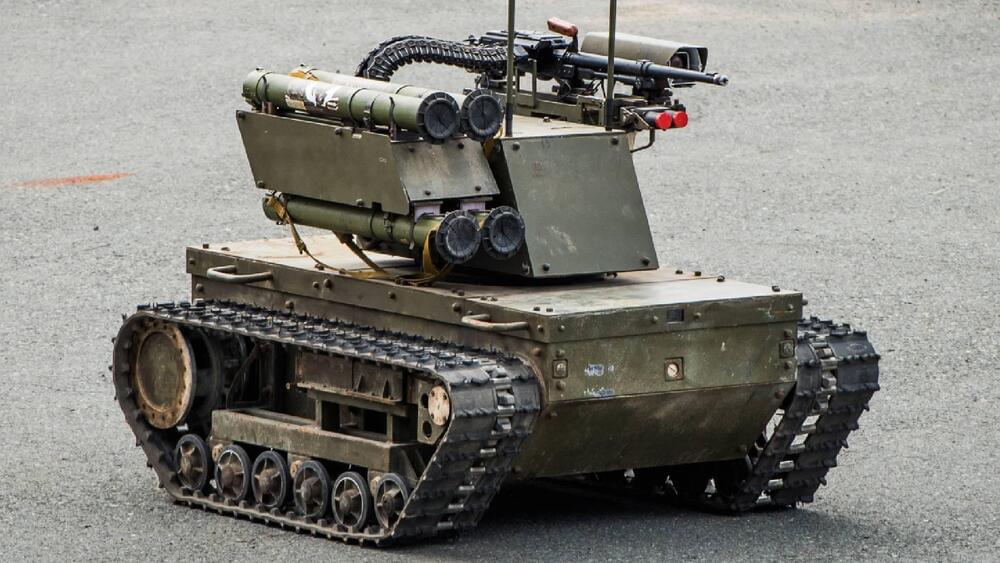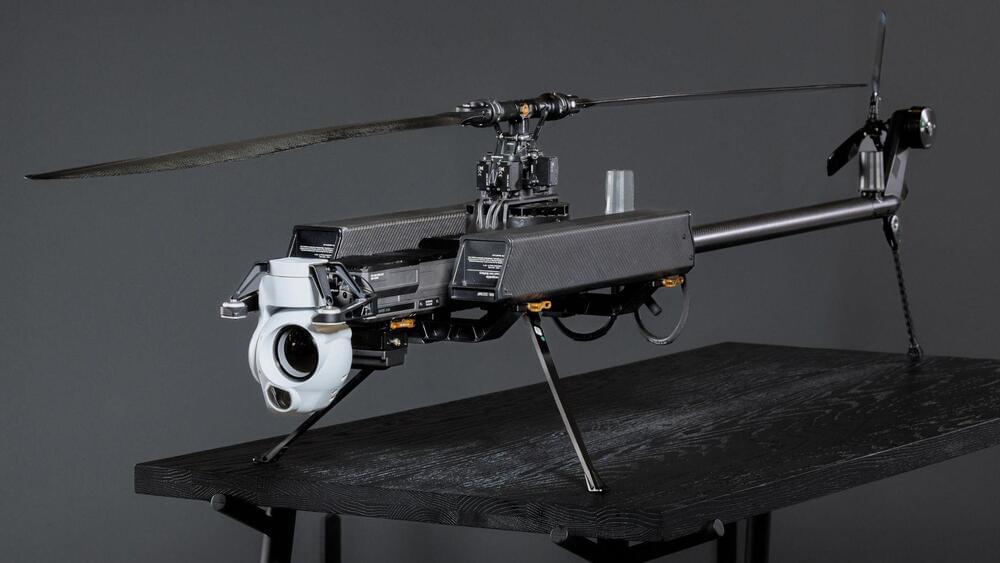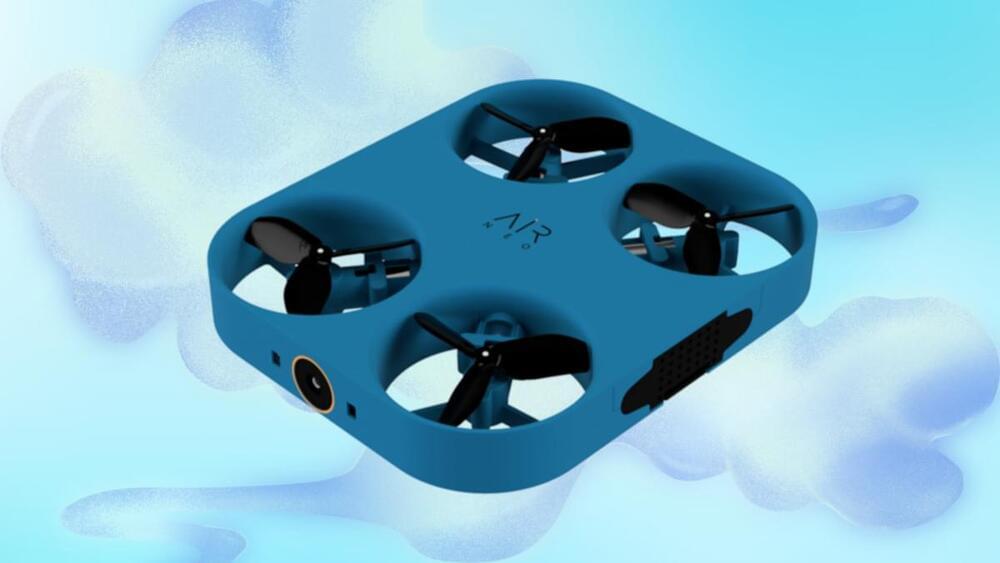Michelle Lee Photography/iStock.
The domes can be placed upside down, or in different directions. The purpose of these dome shaped designs is to give the drone a way to consider what dangerous conditions are like and react quickly to them.


The US has embarked on a program to develop electronic-warfare drone swarms, the latest in its multiple projects to master what could potentially be war-winning AI and drone technology, though with significant operational and strategic implications and risks.
This month, Breaking Defense reported that the US Navy is seeking industry and government agencies to participate in a July 2024 exercise called Silent Swarm 2024, which aims to demonstrate early-stage unmanned systems’ capabilities to fight on the electromagnetic battlefield.
Breaking Defense notes that the event, hosted by Naval Surface Warfare Center Crane, will showcase “swarming, small, attritable” unmanned systems capable of distributed electromagnetic attack, deception, and digital payload delivery, with the tech must be within readiness levels (TRL) two to five, with higher numbers indicating more advanced systems.
The 30-minute flight was operated by Dronery using Ehang’s EH216-S aircraft.
In a first, an eVTOL (Electric Vertical Take-off and Landing) aircraft flew over Jerusalem, which takes Israel to the verge of opening up its airspace to air taxi providers.
The experimental flight was part of Israel’s Israel National Drone Initiative (INDI), which attempts to create a network of drones to provide transportation services and reduce traffic congestion in its cities. The project focuses on laying a foundation for a flying car/sky taxi sector and operations based on eVTOL technologies.

Revolutionary ‘Lab-on-a-drone’ system detects airborne pollutants in real time.
In a significant stride towards better understanding and combating air pollution, researchers have unveiled an innovative “lab-on-a-drone” system. Published in the American Chemical Society’s journal, Analytical Chemistry.
Credit: Naypong/iStock.
Pollutants.
The British Army has just showcased its next-generation, jet-propelled, heavy-lift Hydra 400 drone at this year’s DSEI conference in London.
The British Ministry of Defense (MoD) officially displayed its latest jet-propelled, heavy-lift drone at the Defence and Security Equipment International (DSEI) conference at the ExCeL center in London this September (2023). Called the Hydra 400, the British Army stand also featured the drone’s Aether mothership. A pioneering new generation of heavy-lift drones using hybrid propulsion technology (rotors and jet engines), the Hydra 400 is compact and portable, can be transported on a regular pickup truck, and can be prepared for flight in six minutes. It… More.
MoD
Death from above.

The US military and its contractors would be exempt.
Robots that are autonomous or semi-autonomous and carry weapons or offensive capabilities are often called armed robots. These robots can be employed in a variety of settings, including the military, law enforcement, industry, and security.
Today, many armed robots are controlled remotely by human operators who can keep a safe distance between themselves and the devices. This is particularly prevalent with military drones, as the operators control the aircraft and its weaponry from a distance, making the machines even more dangerous to civilians.
There are continuous efforts to establish rules and laws controlling the deployment of armed robots in order to reduce the risks involved. Now, one US state is trying to outlaw them altogether.
This is according to a press statement by the American Civil Liberties Union (ACLU) published on Wednesday.
A group of Massachusetts legislators, human rights organizations, and executives from the robotics sector are joining forces to support legislation that would make arming robots, as well as drones and other uncrewed devices, illegal.

The new UAV features increased payload capacity, flight time, and a long-range resilient communications kit.
Drones have become an irreplaceable piece of technology to carry out various essential activities in fields like construction, defense, aerial photography, marketing, delivery, agriculture, and rescue, among others.
Firms are making massive strides in improving their versions of drones to cater to more operational requirements. To that extent, US-based Andruil Industries’ popular Ghost drone will get an update that features increased payload and longer flying time. Ghost is classified as a group 2 UAV, as they weigh less than 55 lbs (24 kg) and operate below 3,500 feet.

Processing on the fly gives extreme drones the edge.
The United States Air Force has completed a critical AI-controlled autonomous flight of its modified Osprey Mark III unmanned aerial system.
The USAF reports that the United States Air Force’s (USAF) “Osprey” Mark III unmanned aerial system (UAS) has completed its first fully autonomous test flight. Conducted on July 20, 2023, the test formed part of the USAF’s larger Autonomy, Data, and AI Experimentation (ADAx) Proving Ground effort for the program, specifically the USAF’s Autonomy Prime Environment for Experimentation or APEX, a subset of ADAx. The trial was conducted to evaluate and operationalize artificial intelligence and autonomy concepts to support warfighters on the evolving… More.
USAF
Connecting the dots.